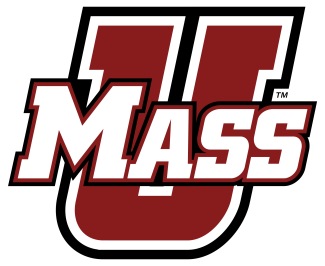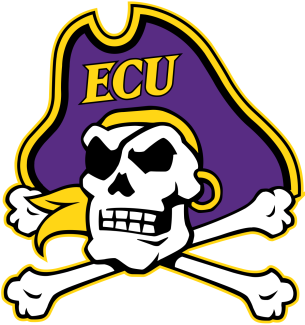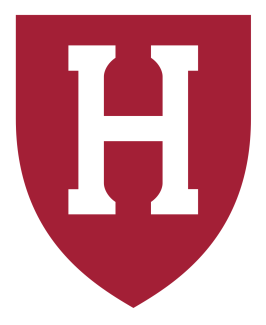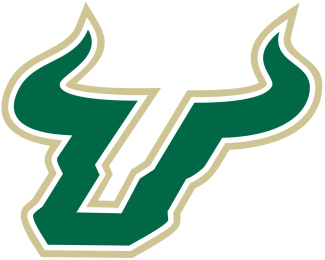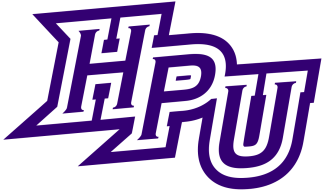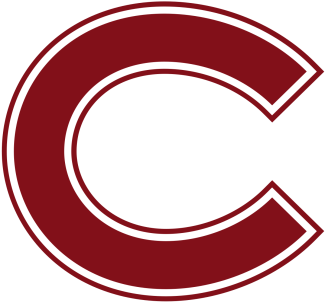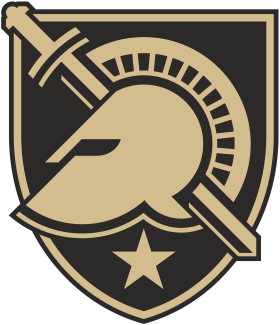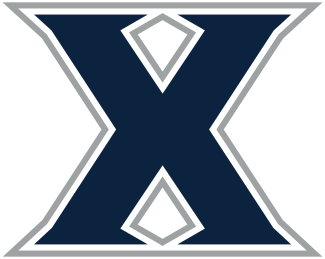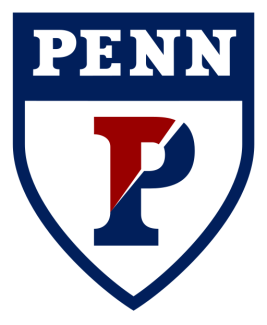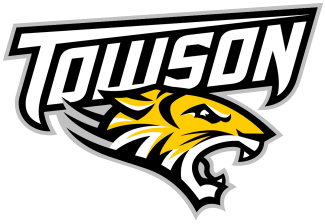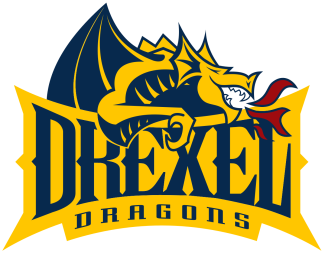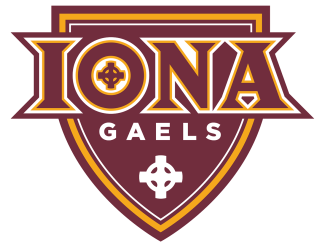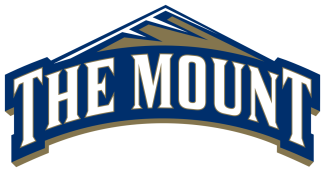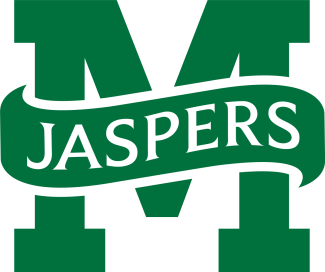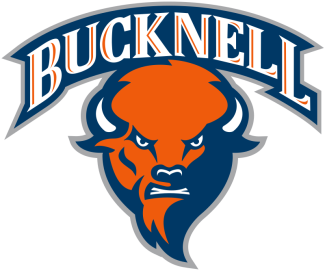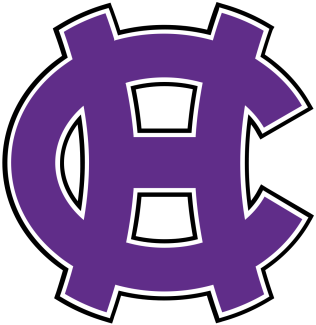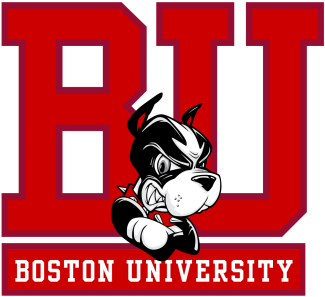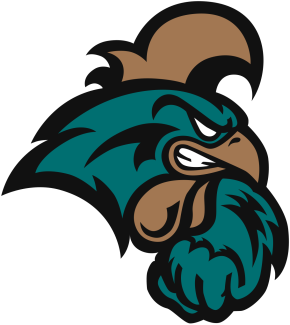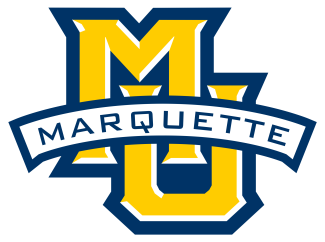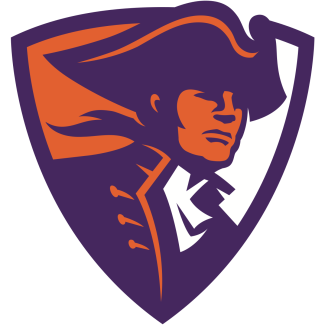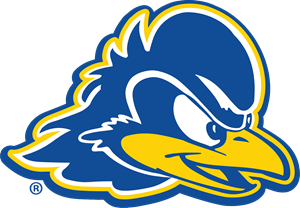The 2017 college lacrosse season concluded just a week ago. While it may seem too soon to look ahead to next year, it's still a fun exercise. Over the next five days, US Lacrosse Magazine will make an early attempt to size up a Division I top 25 for 2018.
No. 20 AIR FORCE
2017 record: 12-6 (6-1 Southern)
Last seen: Bowing out in the first round of the NCAA tournament for the third time in four years, this time against in-state rival Denver.
Senior starts lost: 36 of 180 (20 percent)
Senior scoring departing: 32 of 303 points (10.6 percent)
Initial forecast: Long story short --- the Falcons aren’t going anywhere. Air Force owned all of two NCAA tournament appearances prior to 2014, when it won eternal bragging rights in the now-defunct (for Division I lacrosse purposes) ECAC. Now, it has back-to-back Southern Conference titles to its credit, and is set to bring back all seven players who registered at least 19 points --- a group that includes Chris Walsch (36 goals, 28 assists) and Nick Hruby (35 goals, 10 assists). If there’s anything that would prevent Air Force from being an early chic pick to pull off a first-round upset, it is goalie play that collectively managed a .458 save percentage. Still, with Richmond losing a bunch in its senior class, Air Force will be the SoCon favorites heading into next year.
No. 19 TOWSON
2017 record: 12-5 (4-1 Colonial)
Last seen: Building an impressive early lead over Ohio State, only for the Buckeyes to rally and then deny the Tigers’ attempt to force overtime in the final moments of a national semifinal.
Senior starts lost: 94 of 170 (55.3 percent)
Senior scoring departing: 195 of 242 points (80.6 percent)
Initial forecast: This was Towson’s chance, and it took full advantage of its opportunity. A year after reaching the quarterfinals and then needing to rebuild their close defense, the Tigers advanced to Memorial Day weekend for only the third time in school history and the first time since 2001. A return trips seems … unlikely. Towson’s top three scorers (attackmen Joe Seider and Ryan Drenner and midfielder Mike Lynch) were seniors, as was goalie Matt Hoy and two-thirds of the sport’s best defensive midfield (Jack Adams and Tyler Mayes). Towson can count on midfielder Zach Goodrich to be one of the game’s best all-around players next season, and the Tigers possess such a firm sense of who they are that massive slippage is unlikely. But with six of the seven players who managed 10 points or more departing, it’s going to take some time for Shawn Nadelen and Co. to find what works best next season.
No. 18 PRINCETON
2017 record: 9-6 (4-2 Ivy)
Last seen: Dropping back-to-back games to Cornell and Brown --- and giving up 35 goals along the way --- to bring Matt Madalon’s first full season to a close.
Senior starts lost: 37 of 150 (31.3 percent)
Senior scoring departing: 149 of 361 points (41.3 percent)
Initial forecast: You only need six words to sum up the Tigers’ 2017 campaign --- offense good, defense not so much. And while the impressive Zach Currier --- a dumbfounding first team All-America snub after piling up 24 goals, 34 assists, 130 groundballs and a .564 faceoff percentage --- was a senior, Princeton has the benefit of three more years from the brilliant Michael Sowers (41 goals, 41 assists). He’ll be more of a marked man as a sophomore, but between the presence of seniors-to-be Austin Sims and Riley Thompson, Madalon’s Xs-and-Os prowess and a team-wide commitment to quality shooting (a Division I-best 35.7 percent in 2017), the Tigers will find ways to score. Now, can they stop anyone? If that problem gets solved --- and considering there were five times Princeton allowed at least 15 goals, it’s definitely a problem --- the Tigers will exceed this projection next spring. Perhaps by quite a bit.

